Pink eye, medically termed conjunctivitis, is a common eye condition characterized by inflammation of the conjunctiva—the thin, transparent layer covering the white part of the eye and lining the inner surface of the eyelid. What is commonly misdiagnosed as pink eye, individuals rush to self-diagnose due to its prevalence, but several other conditions exhibit similar symptoms, leading to misinterpretation and mistreatment.
1. Introduction to Pink Eye
What is commonly misdiagnosed as pink eye?
Pink eye, with its characteristic redness, itching, and discharge, is frequently mistaken for various other ocular ailments, exacerbating the confusion surrounding its diagnosis and management.
2. How to Identify Pink Eye
To accurately discern pink eye from its look-alikes, it’s crucial to understand its distinct signs and symptoms.
Pink eye typically manifests through:
- Redness in the whites of the eyes
- Watery or mucous-like discharge
- Itchiness or irritation
- Sensitivity to light
- Grittiness or foreign body sensation

ALSO READ: Combatting Eye Dryness with Contacts: Understanding and Management
3. Eye Diseases Mimicking Pink Eye
While pink eye shares commonalities with several eye conditions, careful examination aids in distinguishing it from its counterparts. Conditions mimicking pink eye include:
- Allergic Conjunctivitis: Triggered by allergens like pollen or pet dander, causing similar symptoms to pink eye.
- Bacterial Conjunctivitis: Bacterial infection of the conjunctiva, often leading to eye discharge and redness.
- Viral Conjunctivitis: Typically caused by adenovirus, characterized by redness, discharge, and sometimes preauricular lymphadenopathy.
- Chemical Conjunctivitis: Resulting from exposure to irritants or pollutants, leading to redness and discomfort.
- Dry Eye Syndrome: Insufficient tear production causes eye dryness, redness, and irritation.
- Subconjunctival Hemorrhage: Blood vessel rupture beneath the conjunctiva, presenting as a bright red patch on the eye.
- Corneal Abrasion: Scratches on the cornea causing pain, light sensitivity, and redness.
- Uveitis: Inflammation of the uvea, the middle layer of the eye, leading to redness, pain, and blurred vision.
4. Other Sicknesses Associated with Pink Eye
Pink eye is not always an isolated occurrence and may accompany other illnesses, such as:
- Respiratory infections like the common cold or flu
- Allergic reactions affecting the eyes
- Contact lens-related infections
- Inflammatory conditions like rosacea or psoriasis
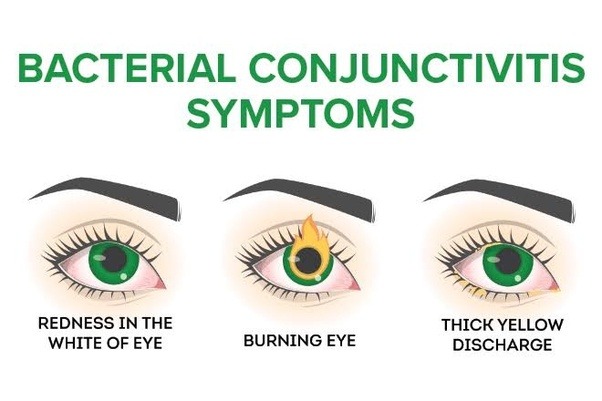
5. Issues Mistaken for Conjunctivitis As Pink eye
Here are some issues for the answer about What Is Commonly Misdiagnosed as Pink Eye:
i. Allergic Conjunctivitis
Allergic conjunctivitis arises due to allergen exposure, triggering an immune response in the eyes.
Symptoms:
- Redness: Eyes appear pink or red due to inflammation.
- Itching: Persistent urge to rub the eyes.
- Watery eyes: Excessive tearing due to allergic response.
- Swelling of the eyelids: Puffiness around the eyes.
Causes:
- Exposure to allergens: Pollen, dust, pet dander, or mold.
- Histamine release: Allergen triggers an immune response, releasing histamine.
Treatment Options:
- Avoidance of allergens: Minimize exposure to known triggers.
- Antihistamine eye drops: Alleviate itching and redness.
- Cold compresses: Reduce swelling and soothe irritation.

ii. Bacterial Conjunctivitis
Bacterial conjunctivitis stems from bacterial infection, commonly affecting one or both eyes.
Symptoms:
- Redness: Conjunctiva appears pink or red.
- Discharge: Yellow or green discharge, often crusty.
- Crusting of eyelids: Accumulation of dried discharge.
- Gritty sensation: Feeling of sand or grit in the eyes.
Causes:
- Bacterial infection: Commonly by Staphylococcus aureus or Streptococcus pneumoniae.
- Direct contact: Touching infected surfaces or fluids.
Treatment Options:
- Antibiotic eye drops or ointments: Target bacterial infection.
- Warm compresses: Promote drainage and relieve discomfort.
- Hygiene practices: Prevent spread through handwashing and avoiding eye rubbing.

iii. Viral Conjunctivitis
Viral conjunctivitis results from viral infections, often spreading rapidly in communal settings.
Symptoms:
- Redness: Bloodshot appearance of the eyes.
- Watery discharge: Clear or mucoid discharge.
- Itching or burning: Irritation and discomfort.
- Swollen lymph nodes: Tender glands near the ears.
Causes:
- Viral infection: Predominantly adenovirus.
- Contagious spread: Direct or indirect contact with infected individuals.
Treatment Options:
- Symptomatic relief: Artificial tears or lubricating eye drops.
- Cold compresses: Soothe inflammation and reduce swelling.
- Antiviral medications: Reserved for severe or prolonged cases.
iv. Chemical Conjunctivitis
Chemical conjunctivitis occurs due to exposure to irritants like chlorine, smoke, or household chemicals.
Symptoms:
- Redness: Eyes appear pink or red.
- Burning sensation: Intense discomfort or pain.
- Tearing: Excessive tearing as a protective mechanism.
Causes:
- Chemical exposure: Contact with irritants or caustic substances.
- Allergic reaction: Sensitivity to specific chemicals or compounds.
Treatment Options:
- Irrigation: Flushing the eyes with clean water or saline solution.
- Symptomatic relief: Cool compresses or artificial tears.
- Medical evaluation: Consultation with a healthcare professional for severe cases.
v. Dry Eye Syndrome
Dry eye syndrome results from inadequate tear production or rapid tear evaporation.
Symptoms:
- Dryness: Gritty or sandy sensation in the eyes.
- Redness: Eyes may appear bloodshot or irritated.
- Blurred vision: Difficulty focusing, especially after prolonged tasks.
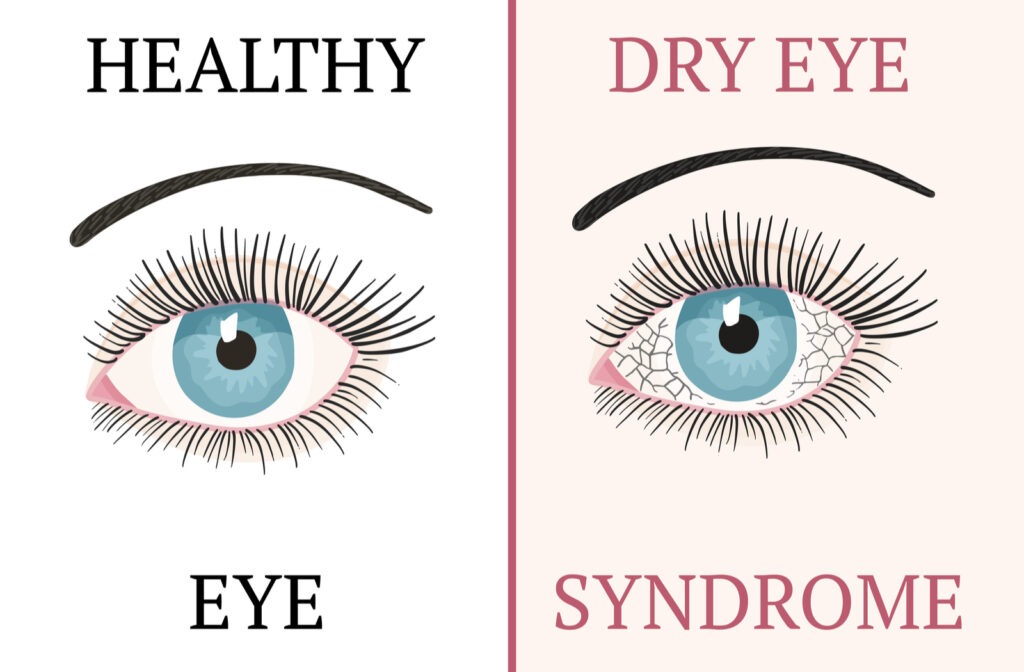
Causes:
- Insufficient tear production: Dysfunction of lacrimal glands.
- Increased tear evaporation: Environmental factors or systemic conditions.
Treatment Options:
- Artificial tears: Lubricating eye drops or ointments.
- Prescription medications: Anti-inflammatory agents or immunomodulators.
- Environmental modifications: Humidifiers, protective eyewear, or blink exercises
vi. Subconjunctival Hemorrhage
Subconjunctival hemorrhage occurs due to ruptured blood vessels beneath the conjunctiva.
Symptoms:
- Redness: Bright red patch on the white part of the eye.
- Pain: Minimal or no discomfort, unless associated with trauma.
- Vision changes: No impact on visual acuity or eye function.
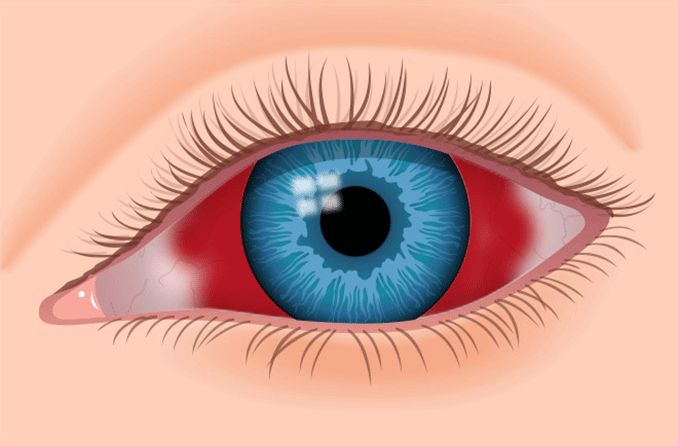
Causes:
- Trauma: Sudden increase in intraocular pressure.
- Valsalva maneuver: Forceful coughing, sneezing, or straining.
Treatment Options:
- Observation: Spontaneous resolution within a few weeks.
- Symptomatic relief: Cool compresses or artificial tears for comfort.
- Medical evaluation: Consultation with an eye care professional for severe cases.
vii. Corneal Abrasion
Corneal abrasion involves scratches or injuries to the cornea, often from foreign objects or contact lenses.
Symptoms:
- Pain: Sharp or stabbing sensation in the eye.
- Redness: Localized red spot on the cornea.
- Photophobia: Sensitivity to light, especially in bright environments.
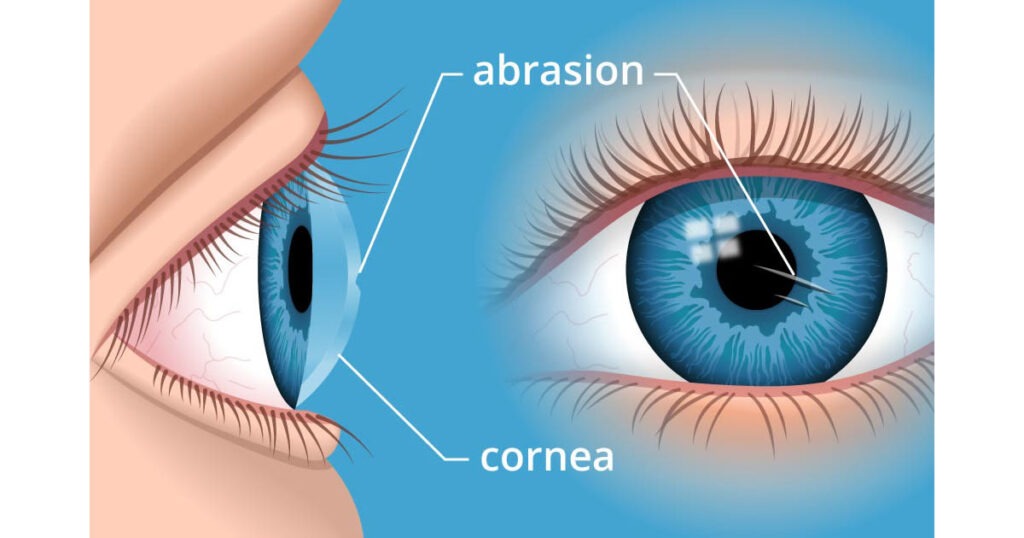
Causes:
- Mechanical trauma: Scratches, foreign bodies, or contact lens abrasions.
- Chemical injury: Exposure to irritants or caustic substances.
Treatment Options:
- Topical antibiotics: Prevent infection and promote healing.
- Lubricating eye drops: Reduce friction and discomfort.
- Bandage contact lens: Protect the cornea and facilitate epithelialization.
viii. Uveitis
Uveitis denotes inflammation of the uvea, requiring prompt medical attention to prevent complications.
Symptoms:
- Eye pain: Deep, aching pain worsened by eye movement.
- Redness: Diffuse or sectoral redness of the eye.
- Photophobia: Extreme sensitivity to light sources.
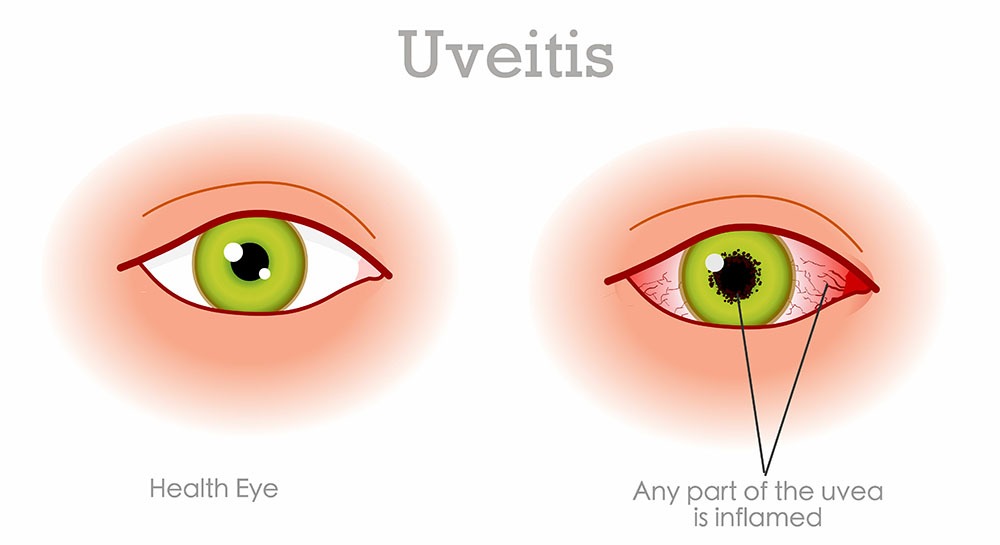
Causes:
- Autoimmune disorders: Rheumatoid arthritis, lupus, or sarcoidosis.
- Infections: Viral, bacterial, fungal, or parasitic pathogens.
Treatment Options:
- Corticosteroids: Suppress inflammation and immune response.
- Immunosuppressive agents: Modulate immune system activity.
- Underlying condition management: Address systemic factors contributing to uveitis.
By exploring the nuances of various types of conjunctivitis and related eye conditions, individuals can better understand their symptoms, seek appropriate medical care, and optimize their eye health.
6. Importance of Correct Diagnosis
Given the diverse array of conditions mimicking pink eye, accurate diagnosis by a healthcare professional is imperative to initiate appropriate treatment and prevent potential complications.
7. The Final Takeaway
In conclusion, while the pink eye is a prevalent and often benign condition, its resemblance to other eye ailments necessitates caution in diagnosis and management. By recognizing its distinguishing features and understanding the spectrum of conditions it mimics, individuals can seek timely medical attention and ensure optimal ocular health.
